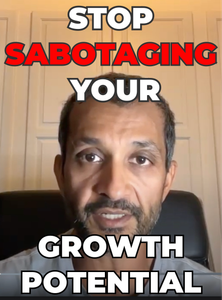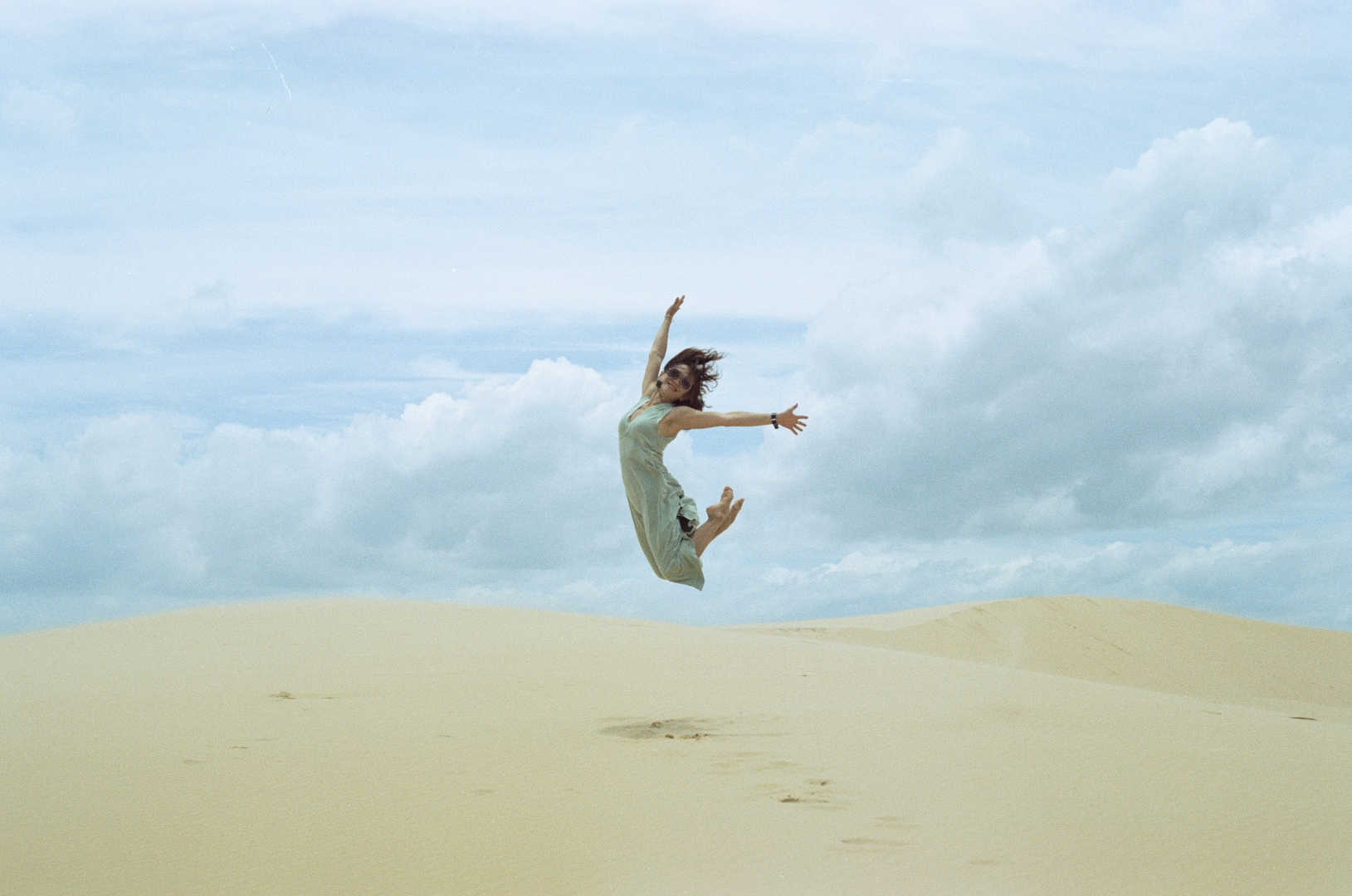Closed Loop Reporting Strategies
Hey, lead gen marketers. If you haven’t implemented closed-loop reporting in your analytics, you might not just be missing out on insights, you could be actively sabotaging your growth efforts. Closed-loop reporting is essential to give you a comprehensive view of the entire customer journey And it can improve your attribution and spend optimization, allow you to better segment and score your leads and prospects, better align your sales and marketing teams, allow you to improve your forecast of future performance, and deliver invaluable customer lifecycle insights. Now, the way companies typically implement closed-loop analytics is heavily influenced by their go-to-market motion in the organizational structure.
Demand-gen teams with heavy sales and account-based motions typically start by implementing closed-loop analytics in their CRM. On the other hand, if you have a heavy inbound web-based lead flow, you might start by looking at a web analytics platform like Google Analytics 4. And finally, teams with product-led growth funnels, where there’s a lot of product data, often take advantage of the flexibility of a data warehouse for their analytics reporting. Now each of these approaches is going to have its own advantages and disadvantages based on the technologies and the organizational capabilities. We’ve seen more mature companies take hybrid architectures for more flexibility, where some version of closed-loop analytics is happening in the web analytics, the CRM, as well as in the data warehouse.
But let’s get real, if you’re just getting started, you don’t have to overcomplicate or overengineer this. All of these platforms, Google Analytics 4, HubSpot, Salesforce, have the ability to ingest data and provide some default level reporting. So start with the 1 that better supports your go-to-market motion and that your team is familiar with and implement your closed-loop analytics there. You can always evolve this over time.















